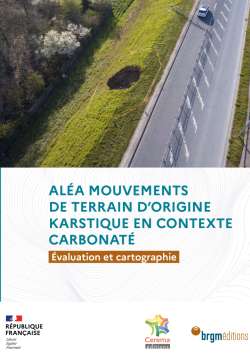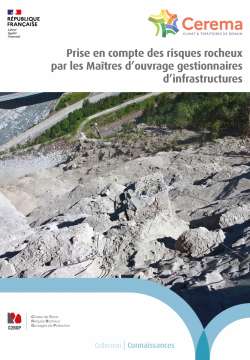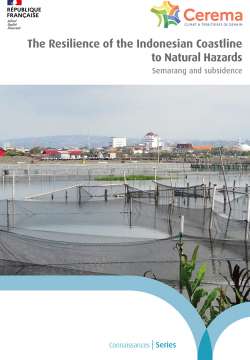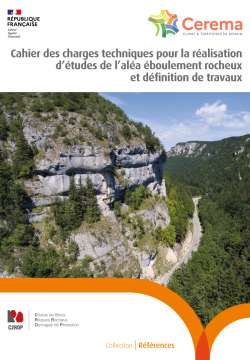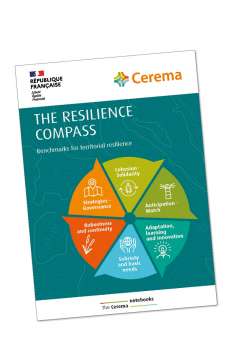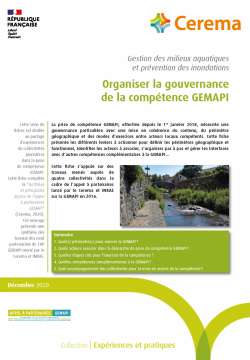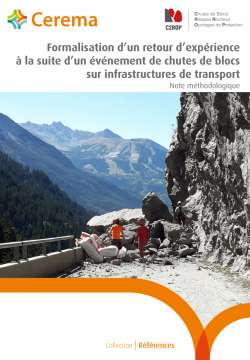
Seismic site-response variability: from site-classification to soil non-linear behaviour
The risk of devastating earthquakes exist all over the world. It is therefore necessary to develop digital tools in order to improve our knowledge of the seismic risk and understand the local surface level amplifications created and caused by the geological and topographical structure.
The risk of devastating earthquakes exist all over the world. It is therefore necessary to develop digital tools in order to improve our knowledge of the seismic risk and understand the local surface level amplifications created and caused by the geological and topographical structure. The risks on buildings and works are measured in this way.
Julie Regnier, from Cerema Méditerranée, completed this thesis in order to introduce the digital modelisation of soil non-linear behaviour into the forecast methods already used within her team at Cerema.
Résumé
Remerciements
Résumé étendu
Notation
General introduction
I Basic concepts and data processing
1 Linear wave propagation
- 1.1 Wave propagation in linear elastic and visco-elastic media
- 1.2 Wave propagation in a linear visco-elastic layered model
- 1.3 Borehole-site response and implication for inversion purposes
- 1.4 Computational approach
- 1.5 Sensitivity analysis
2 KiK-net database: data-selection, signal processing and site-response calculations
- 2.1 Data selection and signal processing
- 2.2 Empirical site-response calculations
- 2.3 Computation of the empirical site response
- 2.4 Definition of the soil and linear site-response proxy parameters
- 2.5 Definition of the seismic motion intensity parameters
- 2.6 Conclusions
II Analysis of empirical seismic site response variability
3 Inter-site site-response variability
- 3.1 Introduction
- 3.2 Selection of the KiK-net sites with 1-D site configuration
- 3.3 Variability of the Vs profiles and site responses according to Vs30 only
- 3.4 On the use of additional parameters to Vs30
- 3.5 Illustration of three KiK-net sites
- 3.6 Analyses of the Vs profile and BFSRemp variabilities of the 1-D selected sites
- 3.7 Conclusion and discussion
4 Inter-event site-response variability
- 4.1 Introduction
- 4.2 Elements of soil non-linear behaviour
- 4.3 Quantification of the non-linear effects
- 4.4 Statistical analyses of the event/ site parameters
- 4.5 Optimal parameters to assess soil non-linearity
- 4.6 Conclusions
III Inversion of the borehole transfer function
5 The simulated annealing downhill simplex hybrid global inverse algorithm
- 5.1 Simulated annealing
- 5.2 Downhill simplex method
- 5.3 The hybrid method
- 5.4 Inversions on synthetic cases
6 Inversion of empirical data
- 6.1 Introduction
- 6.2 Description of the selected KiK-net sites
- 6.3 Inversion of linear data
- 6.4 Inversion of non-linear data
- 6.5 discussion on the inversion of non-linear data
- 6.6 Conclusion
Conclusions
Conclusion and perspectives
References
- A Earthquake locations at sites FKSH12, FKSH14, KSRH10 and MYGH04
- B Illustration of the down-going wave effect on the numerical borehole site responses
- C Picking the fundamental resonance frequency
- C.1 Methodology
- C.2 Comparison of the f0
- C.3 Conclusion and discussion
- D Characteristics of KiK-net sites that have recorded at least two earthquakes with PGAs at depth >50 cm/s2



